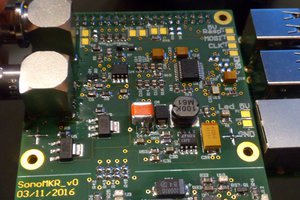Short list of desired features:
* This device can measure the heart failure risk even in non medical environment, no need to move to a medical center.
* This device enable measurements by a home carer, without need for medical staff.
* It is very low cost: Certainly less than $150 in its final version.
*
It can be used for a long time without creating skin problems, as it uses no gel and is easy to clean.
 Jean Pierre Le Rouzic
Jean Pierre Le Rouzic



 Samuel Bowman
Samuel Bowman

 Valentin
Valentin
 Hernán Valdés
Hernán Valdés
Thanks Transcendence, it is very kind!